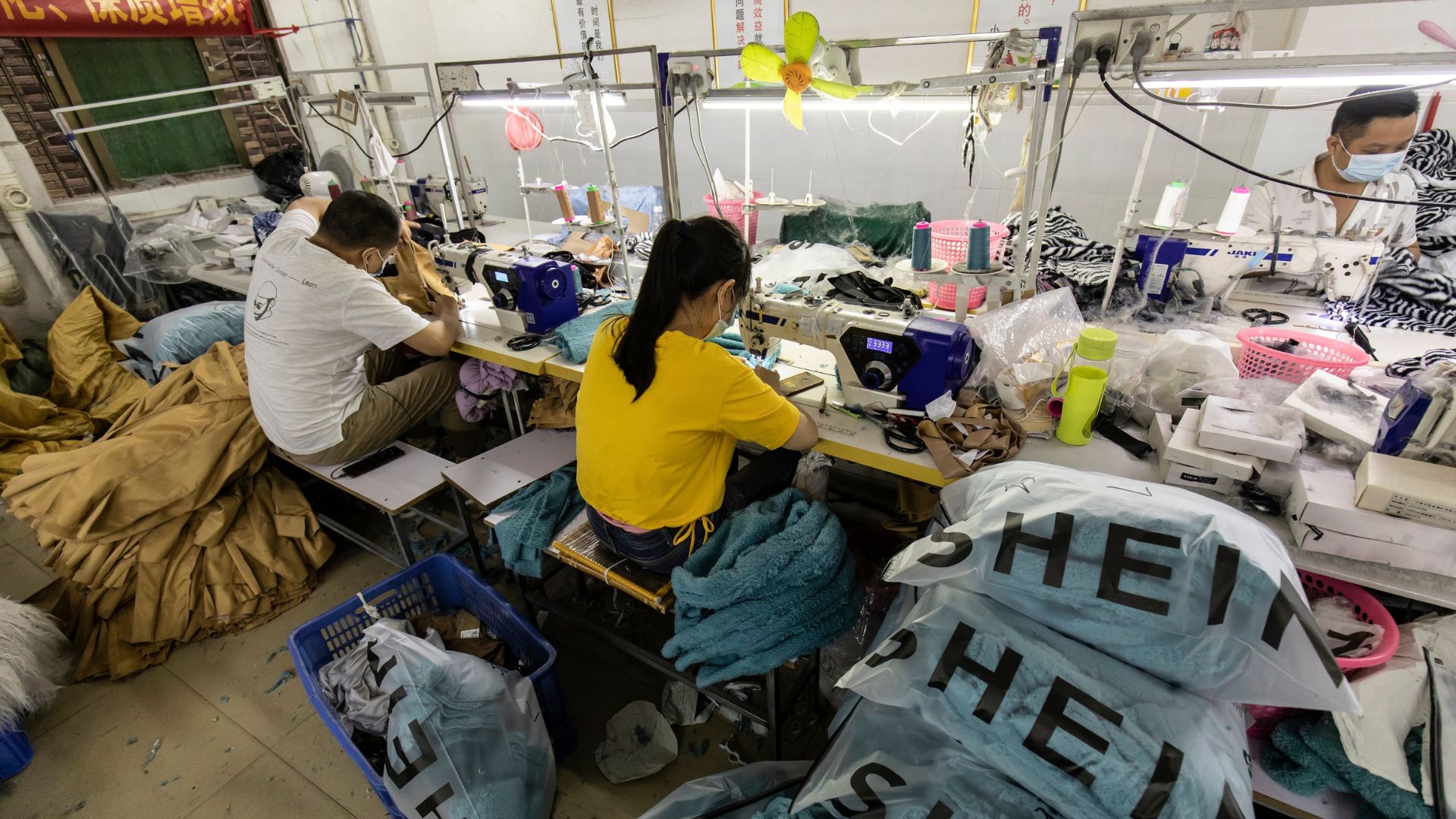The fast fashion industry is overflowing in excess. Billions of garments are produced, consumed, and then discarded at an alarming rate yearly. But sometimes, the conversations sparked around sustainable fashion can feel like a privilege only some can afford. The question is whether the average person realistically embraces sustainable fashion, or is it a luxury accessible only to those with money to spare?

It is undeniable that fast fashion transformed the way we shop. Gone are the days when buying new clothes was reserved for Christmas or birthdays. The once rare indulgence is now easily done with the swipe of a card or a quick order online. The industry thrives on fast production cycles and trend-driven pieces that are worn only a handful of times and discarded. Besides the fact it’s very affordable, its illusion of accessibility is the main allure it has on consumers. And with all the ways we can access them nowadays, it translates to people as fashion at your fingertips, always up to trend, always within reach.
However, as some may not know, this entire structure is built on exploitation. Garment workers from countries like Bangladesh work under severely poor conditions for minimal pay. To add to the inhumane nature of their production, factories pollute rivers with chemicals and materials that shed microplastics into the ocean. The ethical implications, however, are still often overshadowed by the economic reality. When given a choice between a 300 peso top from a fast fashion brand and a 3000 peso top from a sustainable brand, the decision becomes a matter of practicality and not philosophy.
It is easy to understand why sustainable fashion is appealing. It is fashion with a conscience. It gives a promise of clothing made from organic materials, all produced under ethical working conditions. Yet for average consumers, these options are out of reach. But the appeal is also the same reason it’s expensive. Organic fabrics cost more to grow and harvest, and fair wages and humane working conditions also obviously cost more. As sustainable brands usually operate on small scales, they aren’t able to compete with the prices set by fast fashion brands. This is why sustainability is often seen as synonymous with exclusivity or sometimes even luxury.
There are many reasons why sustainable fashion remains inaccessible to the majority of the masses, but the deeper issue is the perception it displays. Being marketed as a lifestyle instead of the necessity it is. This perception frames ethical and sustainable options as an elite choice rather than an everyday need; it alienates the very consumers it hopes to reach.
With the pressure to keep up with trends heavily influenced by the culture we’re all living online, along with the convenience of fast fashion, it’s impossible for it not to become the norm. Being accessible everywhere and offering a vast array of style, sizes, and price points, it makes keeping up with the ever-changing fads a breeze.
On the flip side, sustainable fashion requires much more effort researching ethical brands, thrifting, or saving up for pieces that are higher in quality. With the demands of daily life, most people simply cannot muster enough time, energy, or budget to switch. For most people, straying from fast fashion is simply not an option. Today’s economy makes it nearly impossible to prioritize sustainability over their other needs. After all, when everything is said and done, clothes are an expression of style, but they’re also a basic necessity.

So where does that leave those who are trapped by the unfortunate circumstance but aim to be more conscious of what and how much they consume? Shaming people for choosing fast fashion certainly isn’t a solution. It’s not their fault that sustainable choices are not attainable enough. It is crucial to make people understand the true impact of fast fashion. With this, there is hope for them to be more mindful of their shopping habits, even with a limited budget. Thrifting and secondhand shopping though both can be very limited, are a good alternative as they are affordable and sustainable. Investing in higher-quality pieces that won’t go out of style will reduce the need to constantly buy new clothes.
However, despite the big contributions these small actions can make, individual choices only go so far. Real change needs real systematic action. There is a need for accountability from governments and corporations. Policies need to be put in place to make sustainable fashion accessible. Ethical production should not be a luxury; it should be the standard.
We’re all aiming for sustainable fashion to not be a privilege, but until that changes, the best any of us can do is to make choices within our means, to wear what our conscience can afford. The goal is not perfection but progress. Because, at the end of the day, fashion is not merely what we wear, it is also a reflection of the world we’re choosing to build.









